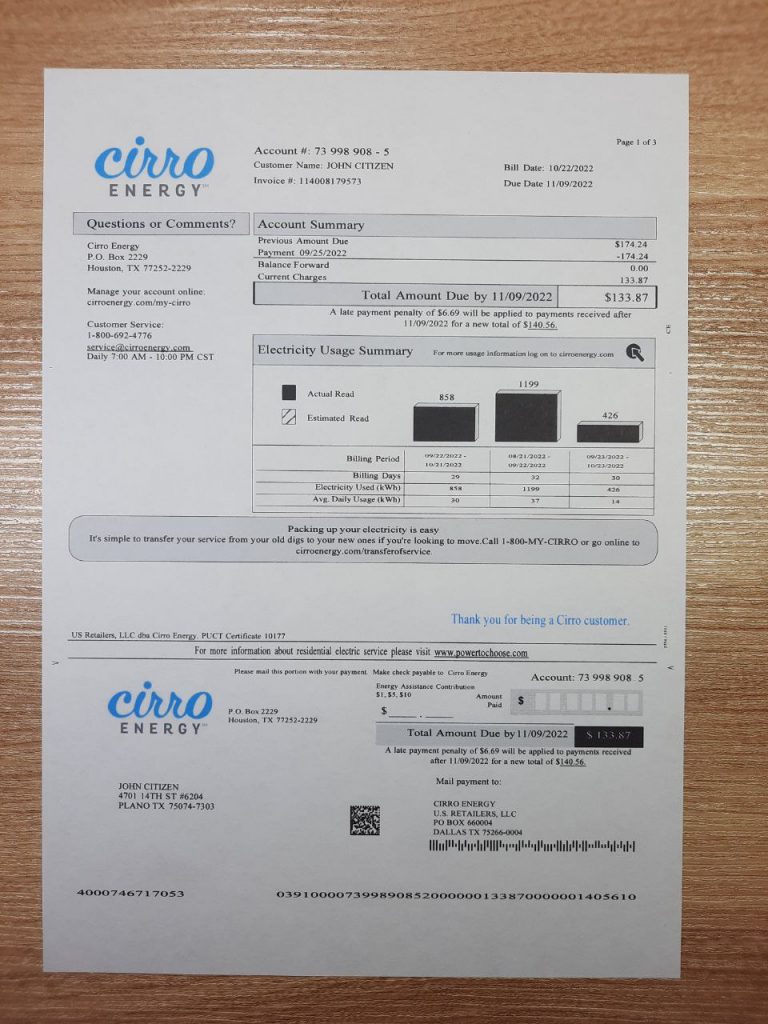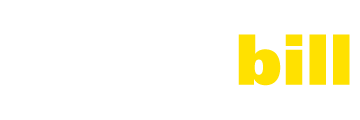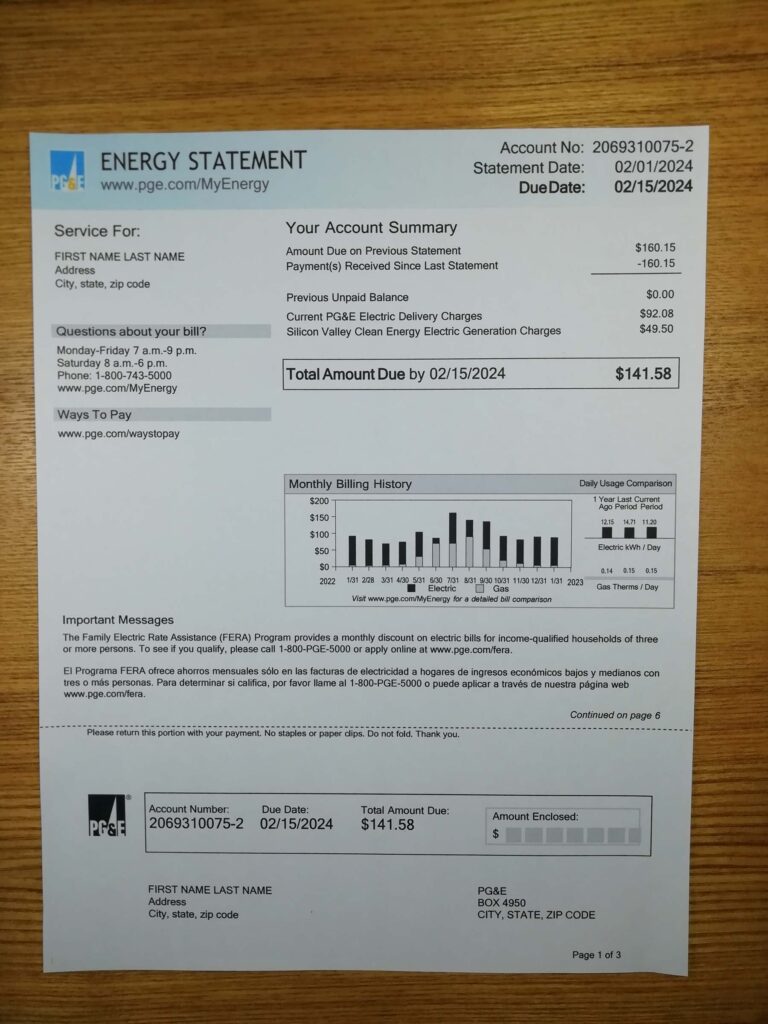
Utility Bill Receipt Generator – Easily Generate Realistic, Customizable Receipts for Educational and Professional Use
Mastering Utility Bill Receipts: A Practical Guide for Training, Testing, and UX Design
Let’s talk about something small that carries a lot of weight: the utility bill receipt.
If you’ve ever tested a checkout form, created a user onboarding mockup, or built a training scenario for a support team — you already know how tricky it can be to work with billing documents. You need something that looks real, behaves like a real receipt, but doesn’t cross any legal or ethical lines.
This guide breaks down what a utility bill receipt is, how it differs from a regular utility bill, and how smart teams use it across industries — especially when teaching, simulating, or preparing for real-world verification.
What Is a Utility Bill Receipt?
It’s not the same as a full utility statement. Think of it as the confirmation stub — a short document that says: “This amount has been paid.”
| Document Type | Includes | Used For |
| Utility Bill | Usage details, charges, dates | Invoices & payment requests |
| Utility Receipt | Payment date, amount, ref no. | Proof of payment |
| Utility Statement | Summary of payments (monthly/yearly) | Financial records / audits |
Why Use Simulated Utility Receipts?
Because real documents contain sensitive data. And many professionals need to:
- Train staff on billing systems,
- Test form validation in multiple languages,
- Build demo flows with real-feeling data (not Lorem Ipsum).
The key is creating mock documents that feel authentic — without being real.
3 Smart Use Cases You’ve Probably Overlooked
Let’s look at how different fields benefit from utility receipts:
- Customer Support Training
💬 Use receipts with intentional inconsistencies:
- Wrong billing period
- Partial payments
- Ambiguous service address
→ Let trainees identify red flags before escalation.
- Cross-Regional Form Testing
🌍 A billing receipt from Quebec doesn’t behave like one from Dubai or Oregon.
Test your platform’s:
- ZIP/postcode formats
- Currency display
- Language localization
- Document Verification Readiness
Without directly imitating a real service, developers or educators can simulate:
- Proof-of-address flows
- Date-stamped receipts
- Receipts for canceled utilities (e.g., closed water account)
It’s legal, ethical, and great for understanding how verification actually works.
Glossary for Non-Tech Readers
| Term | Meaning |
| Receipt Number | Unique ID confirming the payment |
| Billing Period | The time frame the receipt applies to |
| Paid Amount | Total that was successfully processed |
| Payment Date | When the bill was paid |
| Meter No. | ID of electricity/water meter (on usage-based receipts) |
| ZIP / Postal Code | Delivery code for service address |
| Service Address | The property or unit receiving the utility |
| PO Box | A postal alternative used in places like UAE |
| Reference Field | Additional space for internal/system notes |
| Usage Type | Gas, electric, water, internet — depending on receipt |
Want to Try It First?
👉 Generate a mock utility receipt for testing or training
Simulated Doesn’t Mean Useless
You don’t need to use real utility receipts to get real value.
Simulated receipts:
- Train smarter
- Protect user data
- Stress-test interfaces
- Support responsible education
And if you’re designing any flow that touches billing, verification, or user onboarding — you’re better off testing with safe, editable, and localized samples.
Because in 2025, privacy isn’t optional — it’s the new standard.

